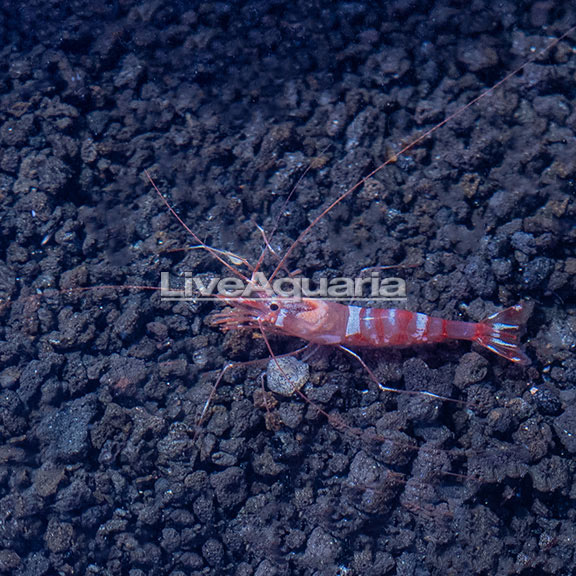

Additional locales and sizes may be available!
Additional locales and sizes may be available! Email me when availableQuick Stats
What do these Quick Stats mean? Click here for more information
What do these Quick Stats mean? Click here for more information
Overview
Also known as Striped Shrimp or Red Striped Shrimp, they feed on Aptasia anemones in a reef environment. While a single shrimp can feed on Aptasia, it does best when part of a group as they work together to hold the anemone down. In addition to feeding on Aptasia, they also perform the important work of scavenging and cleaning fish from skin parasites. Because of their effective eating habits, they must be watched because they may also feed on small polyps and consume food meant for slower aquatic life such as corals, especially if they are not fed enough.
This member of the Lysmatidae family is an omnivore that will consume Aptasia, detritus and left over food. If insufficient food is present, supplement their diet with algae tablets, and quality flake or frozen food.
Approximate purchase size: 1.5” to 2”









